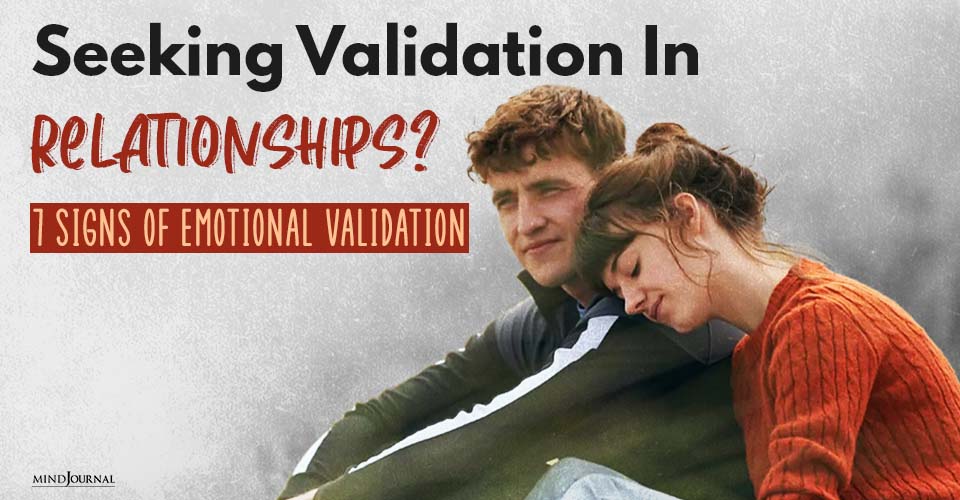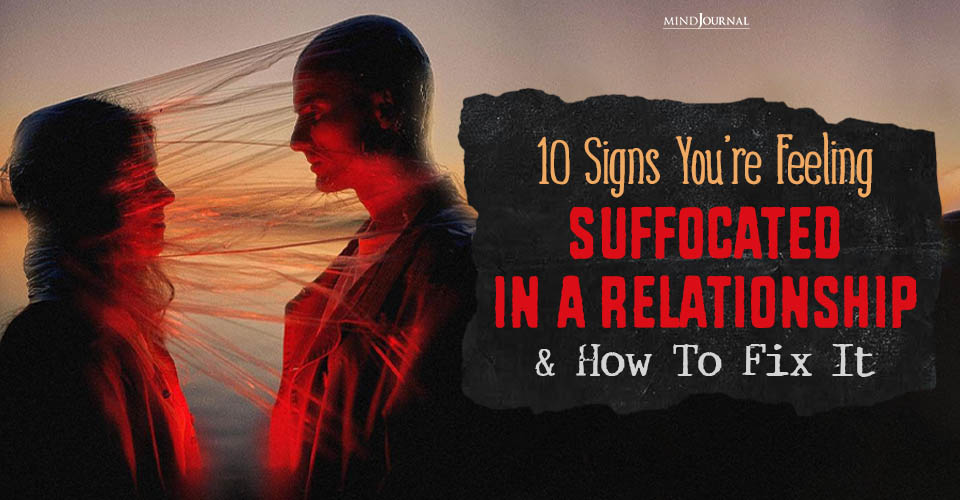Being in a one-sided relationship with someone is not an easy thing to go through, but there might be many reasons as to why your relationship is gradually turning into one. Maybe understanding the reasons might help you change and better this situation.
Many people assume that for two partners to be healthy and thriving together, there needs to be a 50/50 split in terms of energy, love, and effort. I invite you to think about it as 100/100. In other words, both partners put in their best effort to commit to and nurture a healthy bond.
Of course, your best efforts will fluctuate at times—and that’s okay. Factors like stress at work or a poor night’s sleep all impact how much energy and presence you can offer each other on any given day. The good news is, healthy partners are able and willing to “pick up the slack” at times and give that added support when their loved one is struggling.
It’s only when the balance of energy or input becomes chronically off-kilter that a relationship may be entering into an unhealthy dynamic. We call these one-sided relationships. Read on to learn about what these types of relationships might look like and what can be done about them.
Related: 8 Signs Your Relationship Is Gradually Becoming One-Sided
7 Signs That Your Relationship Could Be One-Sided
In a one-sided relationship, partners are not equally stepping into a commitment with each other. One partner ends up investing a lot more effort, time, or even emotional or financial support into the relationship than the other.
A one-sided partnership could be developing if:
1. You’re frequently apologizing for things.
2. It feels effortful to engage your partner in a conversation (especially tough ones).
3. You hide things about your relationship with others—or you divulge too much about your relationship with others, instead of discussing issues with your partner directly.
4. You make excuses for their behavior.
5. You feel like you have to handle the relationship with kid gloves or need to walk on eggshells when you’re around them.
6. The predominant emotional state shared between you is negative.
7. You find yourself stymied a lot, never sure about what they’re feeling, and as a result feeling even less sure about your own intuition and self-worth.
Now might also be a good time to ask yourself honestly whether you’re the one dropping the ball on your partner and your relationship. Do you frequently repress your feelings and avoid bringing something up, even if you feel like it’s important? Do you follow through on things you say or promise? Do you hold your cards close? Do you frequently criticize your partner’s dreams and hobbies? Do you attempt to control or change the way they behave or think? Do you frequently think in terms of “me” instead of “we”?
If any of these points resonate with you, there could be an opportunity for you to start taking on a more proactive role in contributing to the integrity of your relationship.

3 Things You Can Do About A One-Sided Relationship
If you suspect your relationship is one-sided, take a moment to breathe and be gentle with yourself. There’s no such thing as a perfect relationship, and even people in healthy relationships will experience frustrations and imbalances from time to time.
The problem is, one-sided relationships are simply too imbalanced. And unless partners get a chance to re-evaluate and re-balance their bond, one-sided relationships will catapult partners toward a path of ever-increasing challenge, conflict, frustration, and resentment.
Here are three things you can try to shift your relationship off the one-sided path and closer to a more equitable situation:
1. Schedule dedicated times during the week to discuss relationship issues with your partner, including boundaries, deal-breakers, goals, and needs.
2. Write out your concerns and worries. What are you ignoring, repressing, resenting, etc.? Are you being true to yourself? Are you sacrificing yourself for the sake of the relationship? What are your greatest needs and “musts” for a healthy relationship? How does your current relationship support or violate your personal values (e.g., safety, honesty, integrity, etc.)? Are you always the “giver” in the relationship? How do you know?
Writing these questions and answers out can help you gain more clarity about what’s bothering you, provide insight into your own role in the situation, and help you prepare what you want to say (and how) to your partner.
Note: the physical act of writing by hand seems to be more brain-engaging than typing on a computer, so I recommend using a pen or pencil for this self-reflection activity.
3. Consult with a licensed marriage and family therapist or other professionals who can help you navigate these issues.
Related: 8 Signs That Say You’re In A One-Sided Relationship
The Bottom Line
It’s important to get clear with yourself about whether your relationship meets your needs and aligns with your values. Because here’s the reality:
Some of us are willing to subordinate or disregard what’s truly important to us because we’re afraid of creating conflict or “rocking the boat.” But we often fail to realize that by disregarding our deepest needs, we create inner turmoil that can bleed into and disrupt our interactions with our partner—in other words, we end up creating exactly what we try to avoid.
If you want to get clear about the dynamics of your relationship, you can also consider running through a “relationship inventory.” Think of this inventory as a series of questions and statements that help you clarify the issues within yourself and your relationship that deserves some attention and healing.
One experimentally validated inventory you can take is called the Barrett-Lennard Relationship Inventory (you can see several versions of this inventory here). Going through these questions on your own, or unpacking them with a therapist, can be an important step in your re-balancing journey.
Written By April Eldemire Originally Appeared On Couples Thrive











Leave a Reply